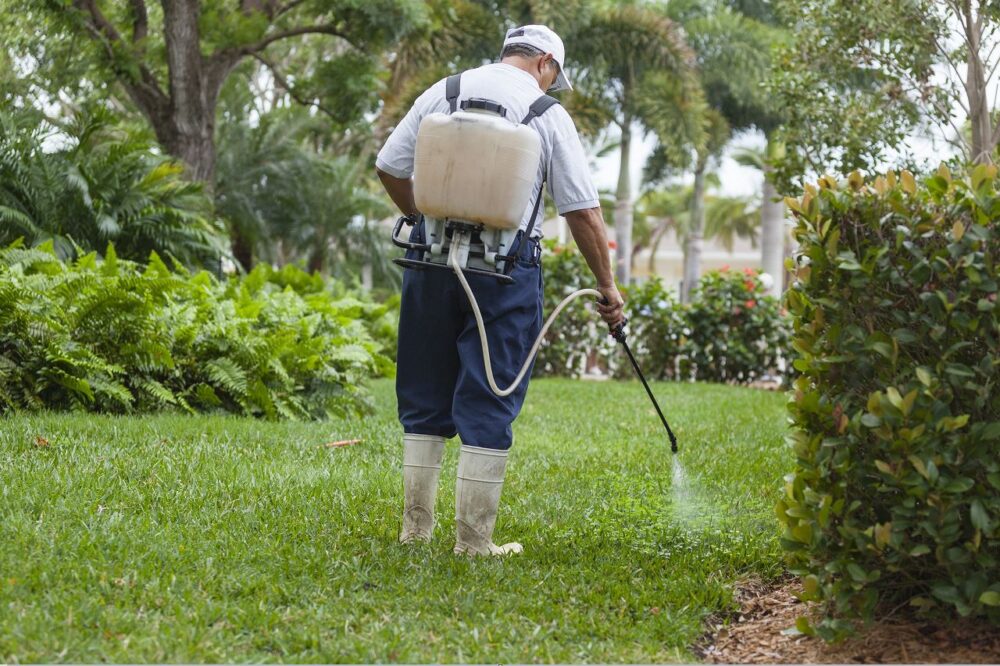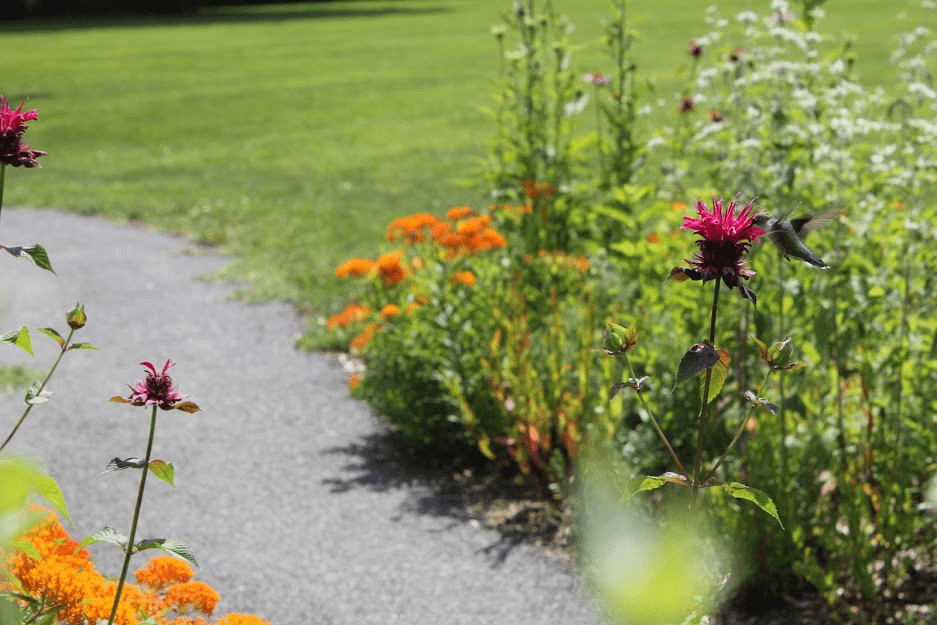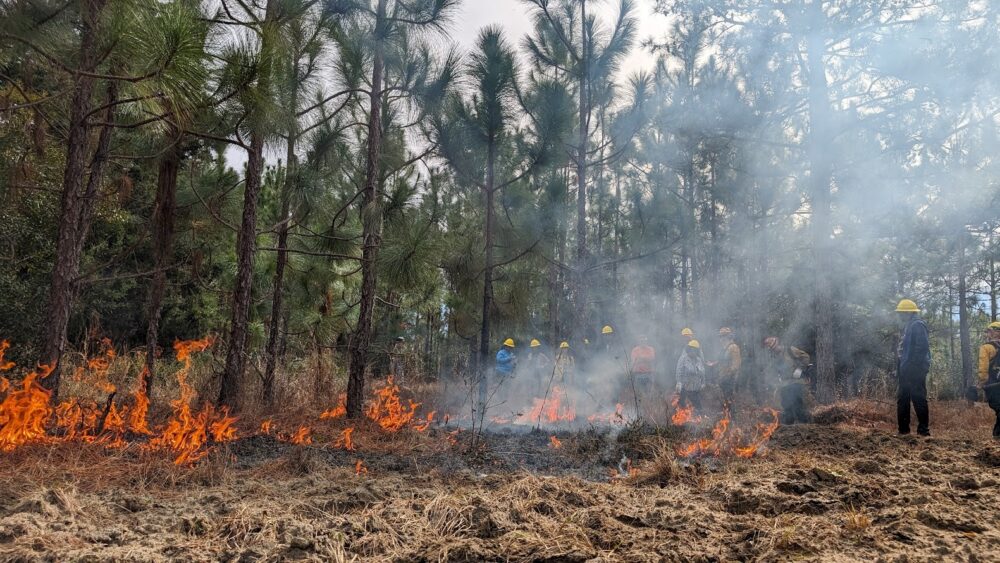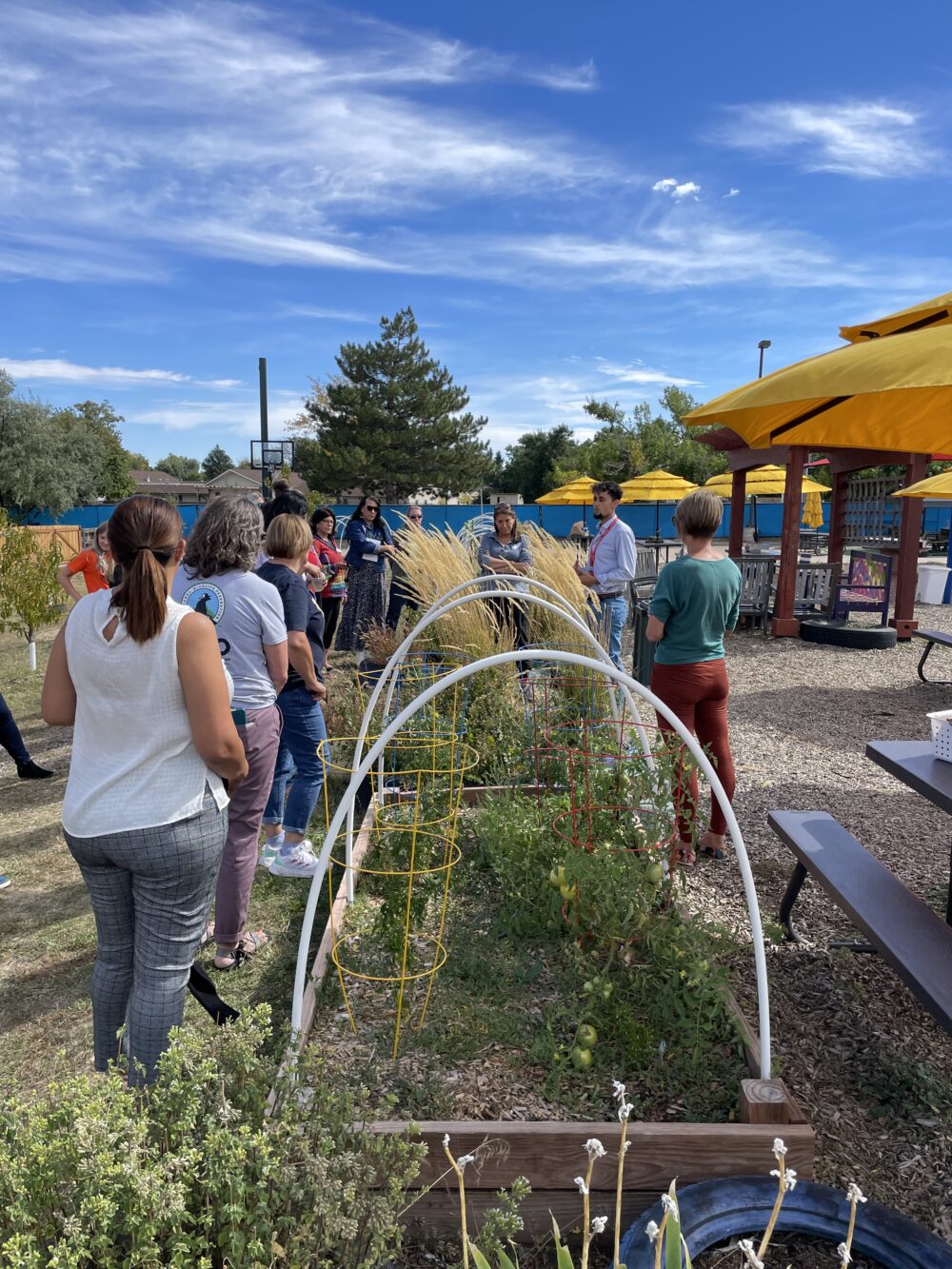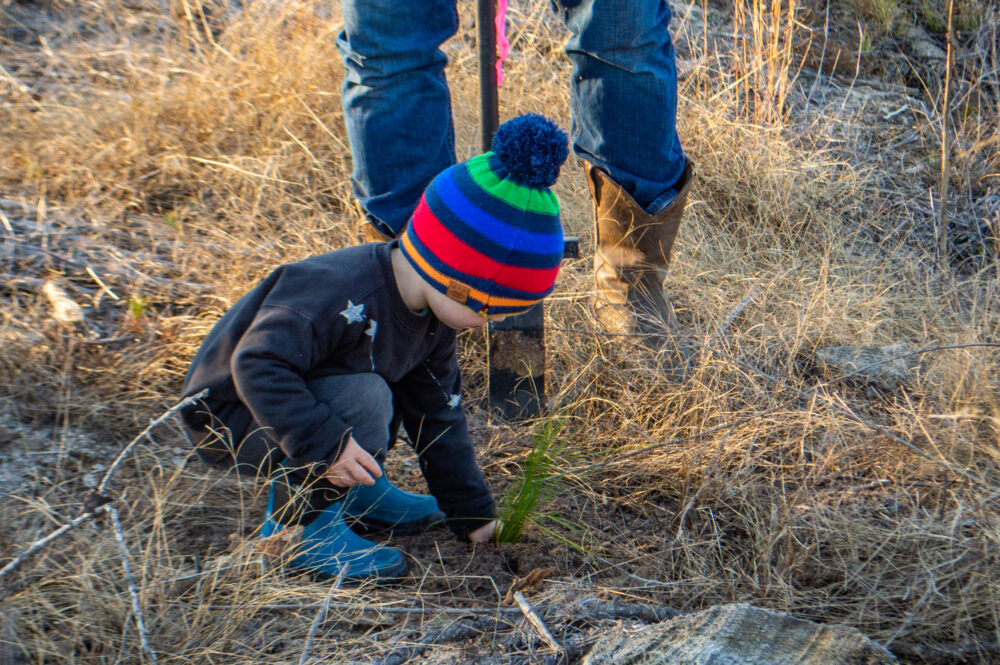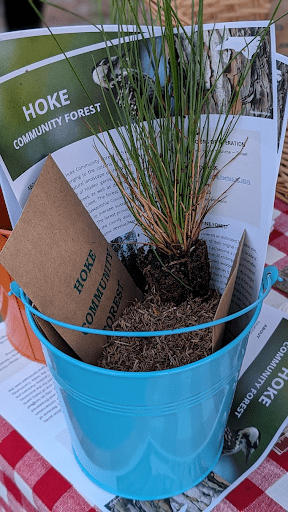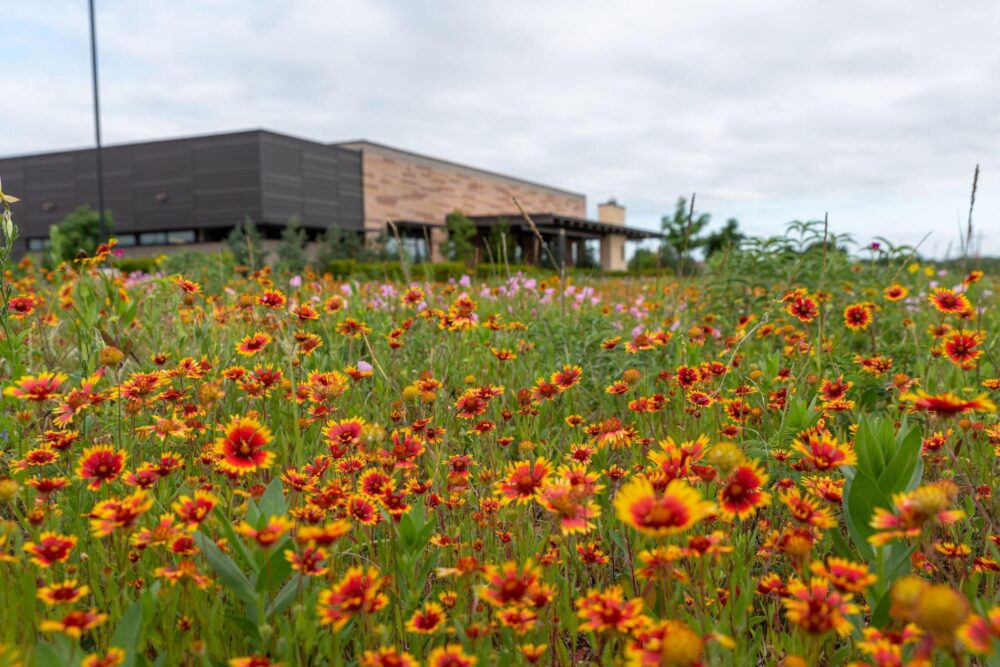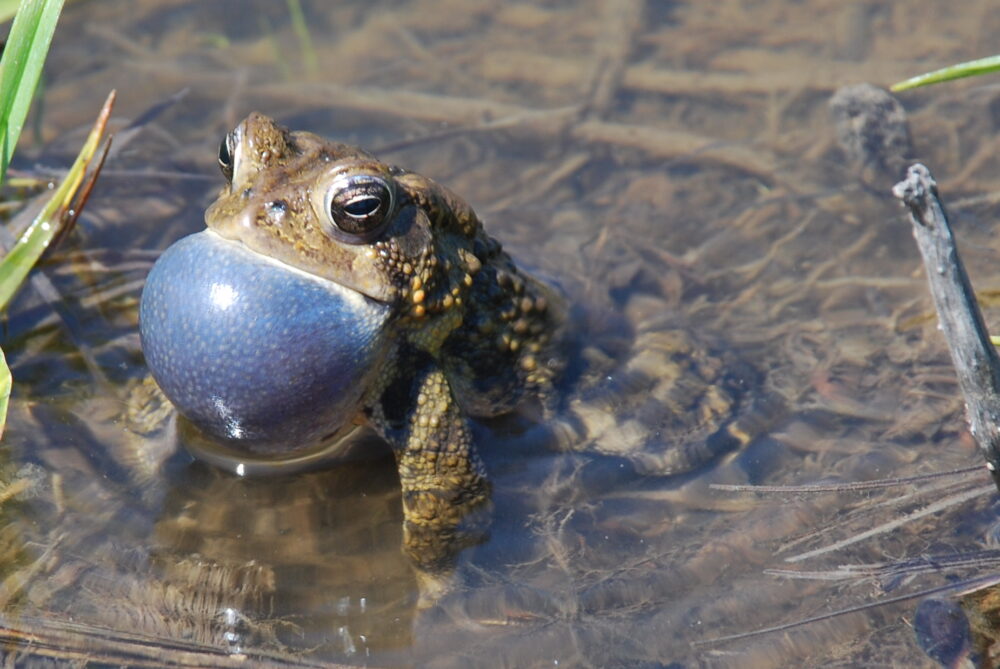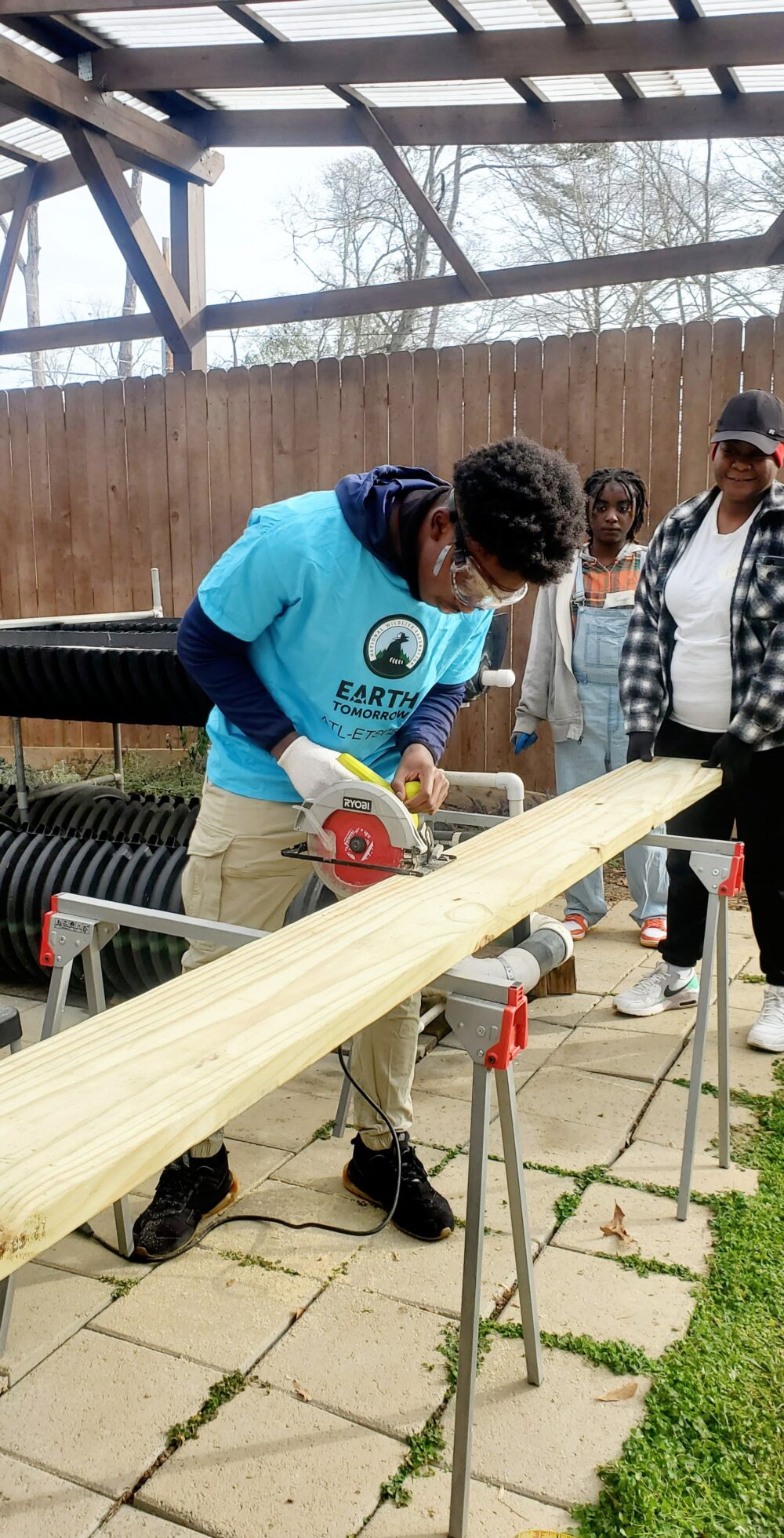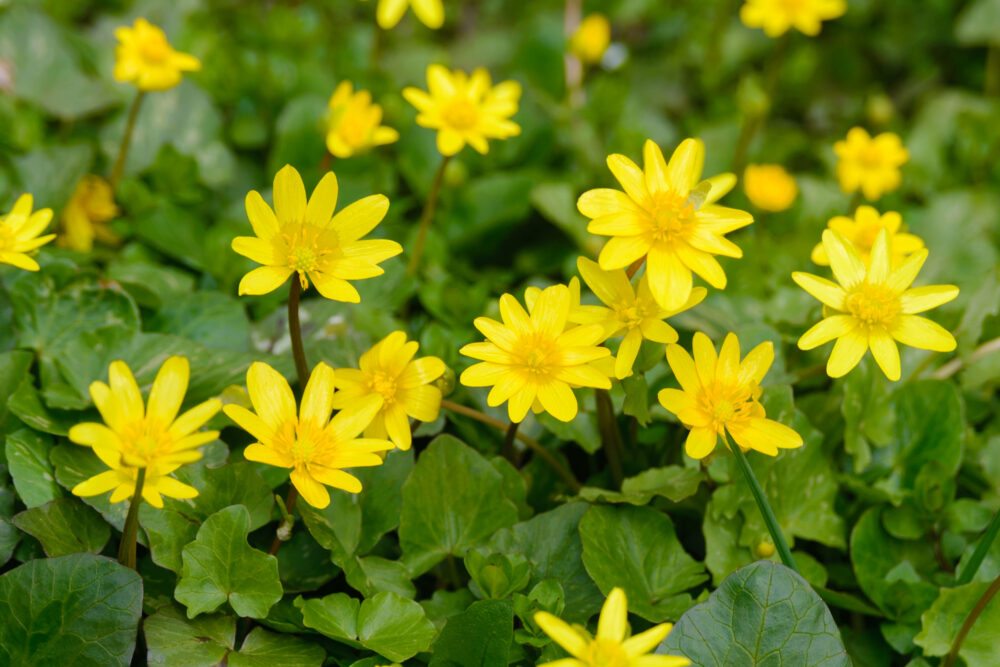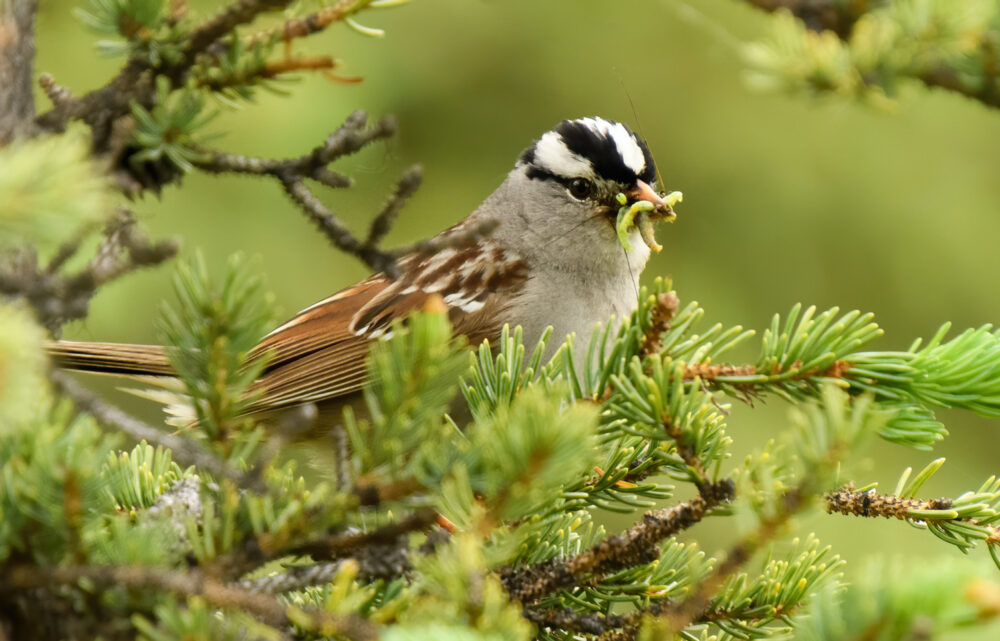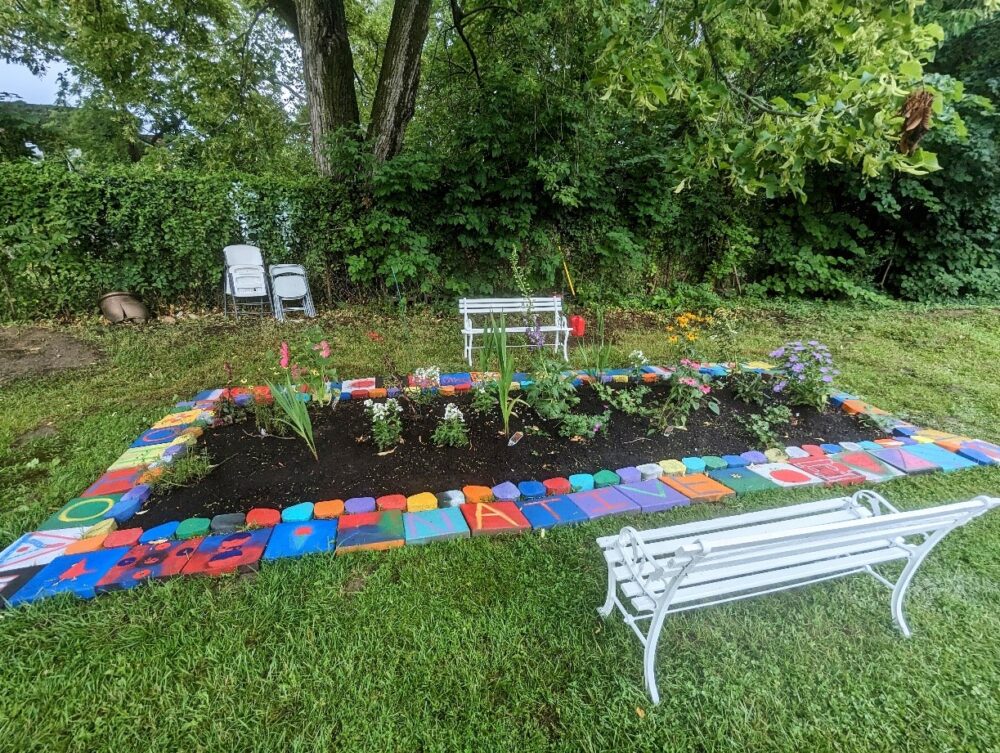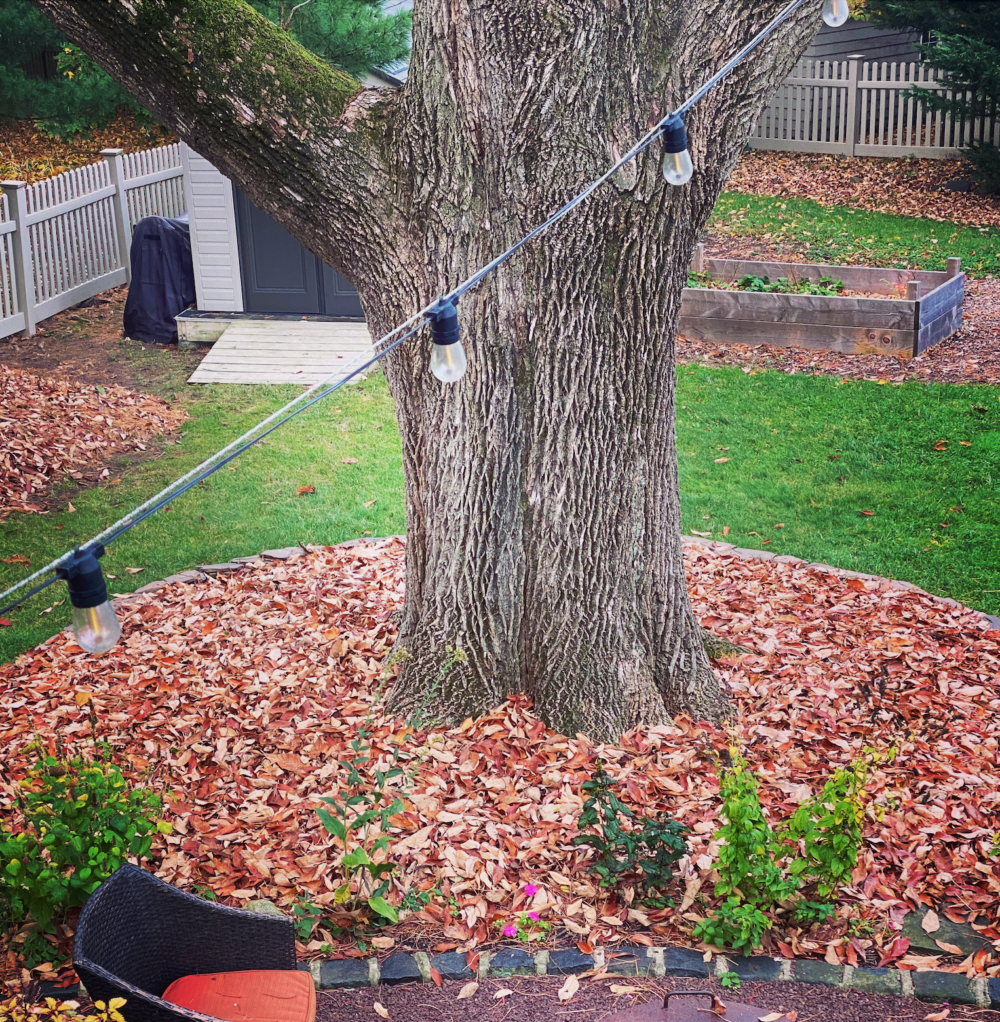We have much more to do and your continued support is needed now more than ever.
Helping California’s Legendary Frog Go the Distance
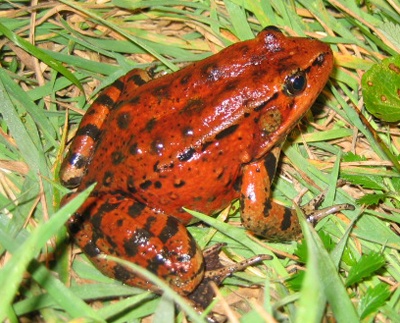
A Celebrated Jumper
The California red-legged frog is the largest native frog west of the Mississippi River, with females growing up to 5 inches from snout to stern. Mark Twain may have made it famous through his 1865 story “The Celebrated Jumping Frog of Calaveras County,” but Gold Rush miners had already begun eating their way through the frog’s populations. Bullfrogs were brought in from other states to feed the hungry masses, and they are still being imported from other countries. These nonnative frogs outcompete red-leggeds for habitat and food, as bullfrogs linger in ponds for up to two years before growing into an adult, meanwhile dining on red-legged frog tadpoles and eggs. Bullfrogs and other amphibians can also carry the potentially deadly chytrid fungus, yet imported frogs are not tested for it.
Listen to a red-legged frog call, courtesy of Gary Nafis and CaliforniaHerps.com.
Agriculture and development has also severely diminished the red-legged frog’s habitat. The U.S. Fish and Wildlife Service (FWS) says that it has disappeared from nearly 70 percent of its historic range. It is now mainly found along California’s central coast from Marin County down to the tip of Baja.
On top of all this, California just experienced its driest winter on historic record. During this normally rainy season, red-legged frogs depend upon the seasonal rains to keep them moist and feed the streams they travel, sometimes for several miles, from the uplands to coastal ponds and wetlands to breed. However, this past winter many frogs may not have reached their breeding destinations or if they did, found them dry. For some frog populations, “it may be a lost year” for breeding, says FWS biologist Chad Mitcham.
Yet Californians are not giving up on their favorite frog. In March, State Assembly Member V. Manuel Pérez introduced a bill to designate the red-legged frog as his state’s official amphibian, and NWF and its new partner Save the Frogs as well as others are fighting on the frog’s behalf. As Save the Frogs founder Kerry Kriger says, “Frogs are the ultimate underdog.”
Taking a Frog’s View
Since 2004, the Planning and Conservation League, an NWF affiliate, and other organizations have worked with California American Water company on a plan to remove its San Clemente Dam to restore the Carmel River’s natural flow. The 106-foot-tall dam, no longer in use, has been a barrier to steelhead trout, and while its reservoir provides habitat for red-legged frogs, it also attracts invasive bullfrogs. Removal of the dam began last summer.
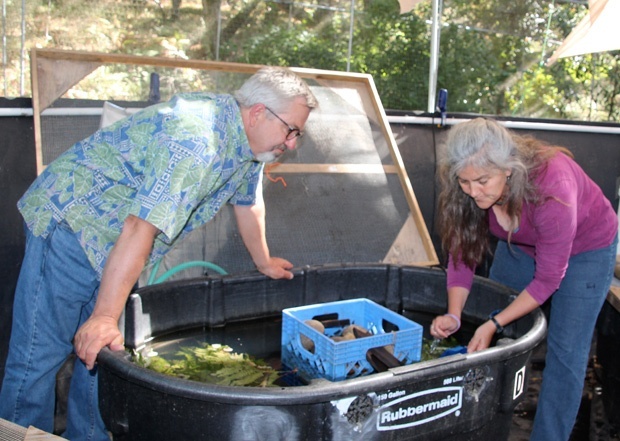
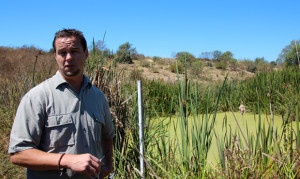
NWF Joins Forces with Save the Frogs
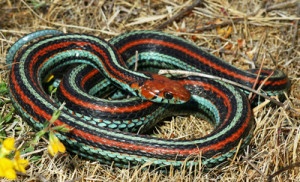
NWF California and Save the Frogs have partnered on a red-legged frog statewide advocacy and education campaign. California Director Beth Pratt is working with Save the Frogs to stop the draining of Sharp Park and promote its restoration to wetland, get a ban on the import of bullfrogs passed, encourage regulation of chemicals that are deadly to amphibians and teach students and homeowner’s how to provide red-legged frog habitat through NWF’s Garden for Wildlife™ program. “You don’t need a huge amount of space to help frogs,” says Pratt. “Creating as many safe havens as possible for the red-legged frogs and other species and then connecting that habitat is what is key.”
Leap into Action for Frogs
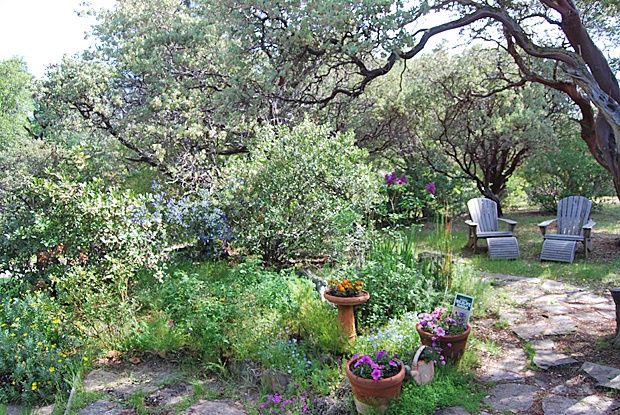
1. Create your own frog pond.
Spring and fall are the best times to create a permanent wet respite for frogs. You can create a frog pond with kits available at many garden stores, or simply use a container or dig a hole that is at least 1 foot at one end and line it with sand or flexible plastic.
You must provide a sloped ramp that will allow the frogs to get out easily or they can easily get trapped and drown. You can slope the liner or build one out of rocks to gradually allow the frogs to get to ground level or out of the pond. Some nurseries also have floating devices for swimming pools that can allow amphibians a way out.
Don’t clean the water. In fact, add floating plants such as lily pads or leaves to provide cover. Refill slowly and carefully if water levels get low. (If you wish to help red-legged frogs, however, you may wish to drain your pond outside of the breeding season to avoid attracting invasive bullfrogs.)
Don’t add fish to your pond, as they will eat tadpoles and frogs.
2. Provide shade and shelter.
Place your pond in a shady spot but not in complete shade so as to keep the water temperate. Surround the pond with native plants that are drought resistant and so don’t need to be watered often and leaf litter that will not only provide shade and moisture for a frog out of the pond but also help attract a bug feast. You can stack some rocks or turn over a half of a flowerpot beside the rim of the pond to give frogs other cool places to sit and eat their lunch as it flies or crawls by.
3. Don’t use pesticides or weed killers.
Amphibians absorb water—and any chemicals such as pesticides or weed killers in it—through their skin.
4. Don’t import or relocate frogs or buy them from pet stores for your yard.
You may introduce diseases or invasive species and domestically raised frogs will not necessarily adapt to wild habitats.
5. Become a Wildlife Gardener.
It’s free, and you’ll receive great wildlife gardening tips and learn how to certify your garden as an official habitat. If you certify your yard with NWF during Garden for Wildlife™ month, we will plant a tree in your name.
Read other articles about wildlife and gardening in National Wildlife magazine, including “How To Dote on Toads.”



